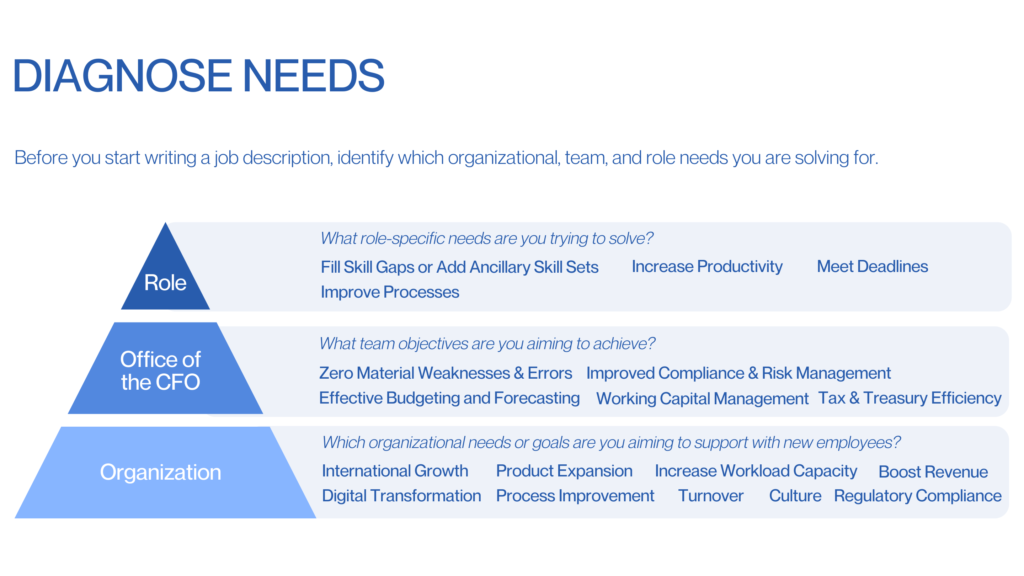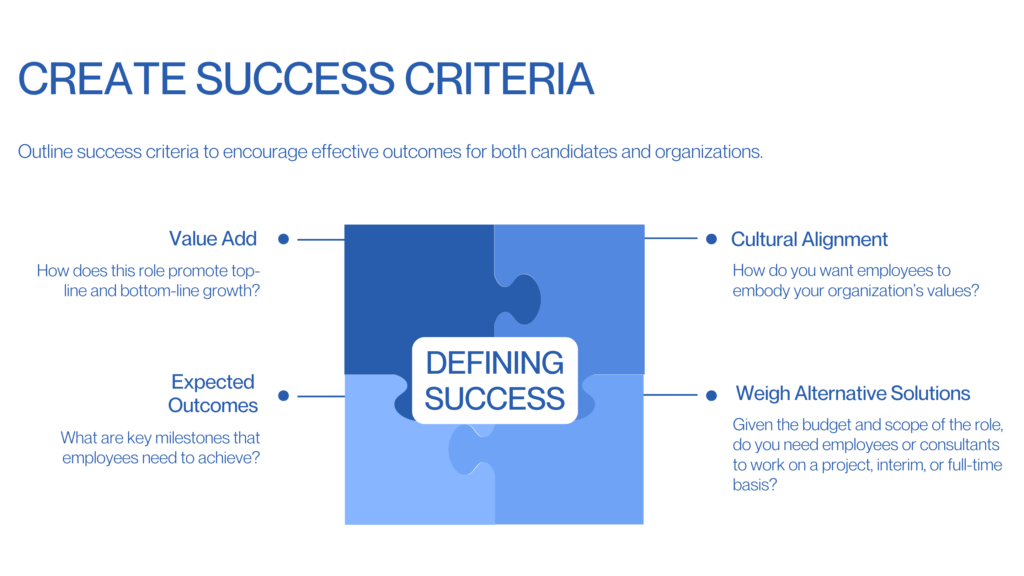Article
September 2023
November 2024
3 min read

Steve Jobs sets his sights on John Scully, CEO of Pepsi. Scully has doubts about the move. He’s already found tremendous success gaining market share over the Coca-Cola Company with his imaginative marketing campaigns. But Jobs persists, and in one simple question, he forever changes the trajectory of Apple. Leaning into Scully, Jobs asked, “You want to sell sugar water for the rest of your life, or do you want to come with me and change the world?”
John Scully’s unconventional recruitment into Apple underscores the importance of purpose-driven hiring. This approach is more than filling empty seats; it’s about identifying high-leverage professionals who align with the organization’s mission and securing their buy-in. Jobs’ pitch was effective because he had a deep understanding of Apple’s core values and the role's impact.
Teams can achieve similar hiring results by understanding why they’re recruiting, what objectives need to be accomplished, and how their goals will be met. Organizations can create a purpose-driven recruiting strategy by (1) diagnosing organizational needs, (2) defining success, and (3) delivering excellent outcomes.
Begin planning your recruitment strategy by identifying the organizational, team, and role-specific needs you're solving for. Determine whether your hiring is reactive (filling a sudden vacancy) or proactive (forecasting future demand). If you've already identified a specific role you want to hire for, pinpoint key challenges or goals that role addresses.

After you label your needs, start developing success criteria for possible new hires. Describe the value-add you anticipate from roles, the cultural values potential team members should embody, and the expected milestones employees need to achieve. Then, consider whether the position requires a full-time employee or interim consultant and if you want to partner with an external firm.

Finally, decide which talent strategies work best for you and start implementation. Do you need short-term solutions, such as referral programs or outsourcing recruitment? Or do you seek to strengthen long-term strategies, like building a talent pool? It’s crucial to examine the entire candidate experience and reduce the friction in hiring where possible. Explore areas where you can reduce negative candidate touchpoints from the beginning stages of the initial application to the final stages of offer acceptance and onboarding.
Whether you're leveraging an internal team or collaborating with an external human capital firm, make sure you continuously track the performance of your success criteria and adjust when needed.
By mastering the why, what, and how of recruiting, your organization can better execute a purpose-driven hiring strategy.
Is your team ready for 2025? As a local human capital firm focused on supporting emerging growth and middle market companies, we help firms scale to meet the needs of rapidly changing market conditions.
Whether the solution is a special project, interim backfill, or a permanent placement, Impactful Resources can satisfy a wide range of client needs.